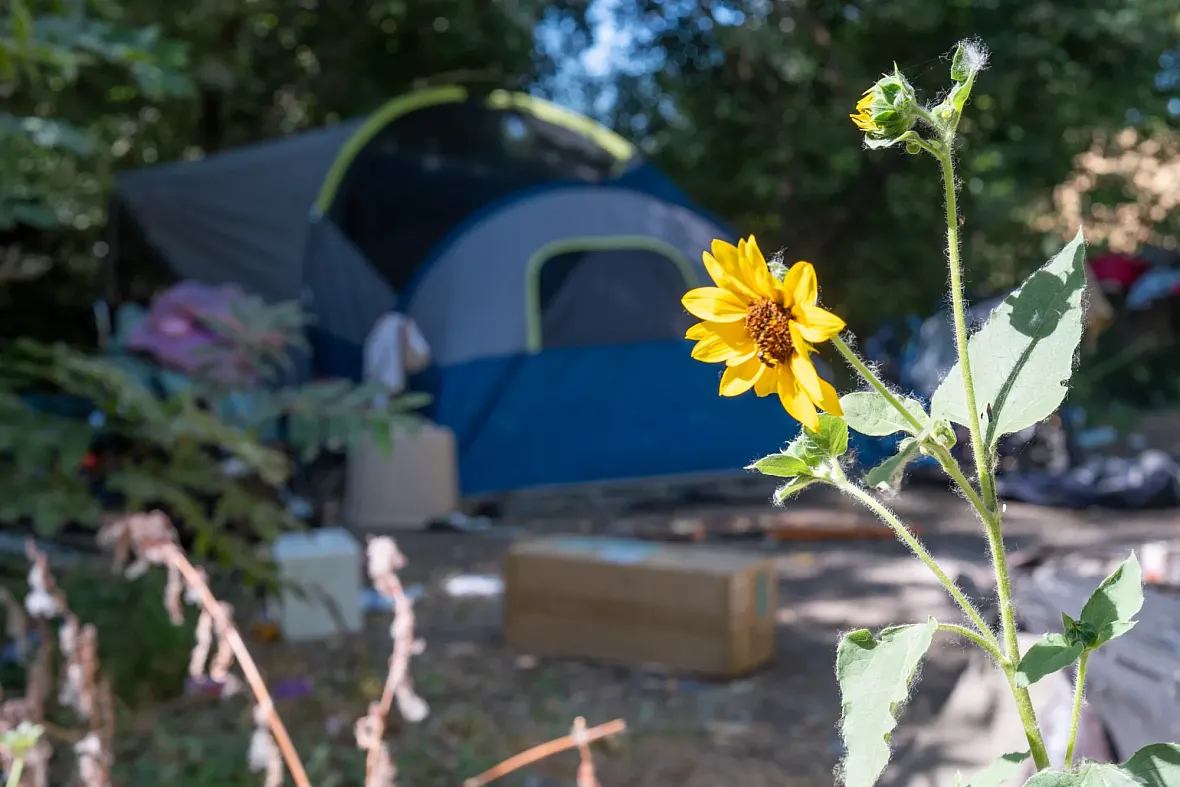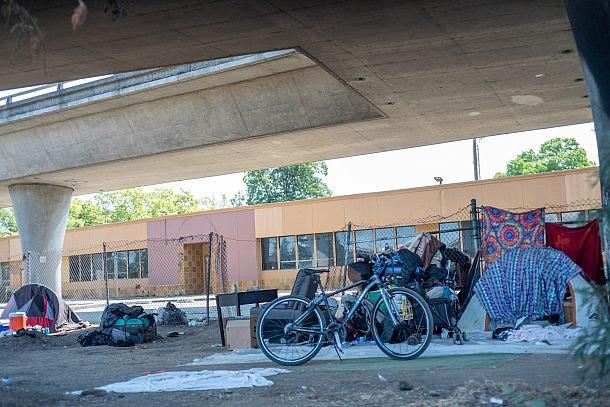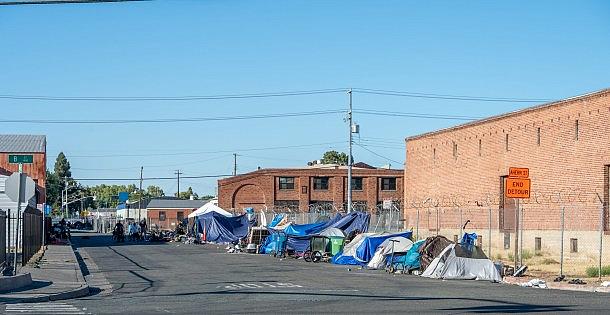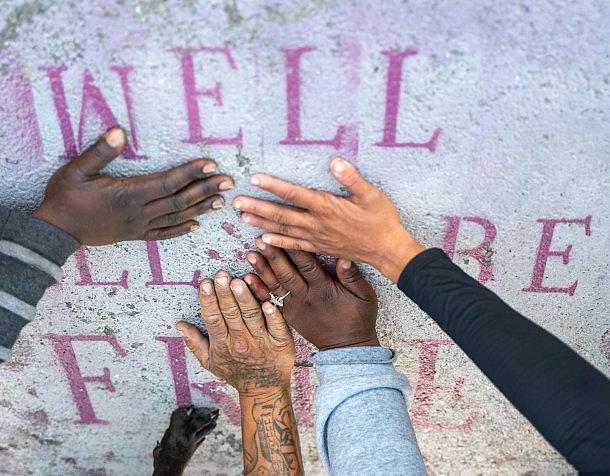Sacramento’s Concrete Roses
The article was originally published in The Sacramento Observer with support from our 2025 California Health Equity Fellowship.

“Long live the rose that grew from concrete when no one else even cared.” – The Rose that grew from Concrete, Tupac Shakur
As The City Blossoms, Its Black Unhoused Struggle To Find Places To Take Root And Thrive. The OBSERVER Shares Their Stories, Examines Who They Are, And The Factors That Keep Them Down In The Dirt.
Look around Sacramento and it’s not hard to find people living on the side of the street, under the freeway or off any beaten path. How did we grow as a city and a state but somehow forget about housing for so many people?
For those lost seeds to grow, you first must understand the different types of seeds and their needs.
You don’t have to drive far to see people living outside, on the street, in cars, or encampments.
A growing Sacramento is at a crossroads. As developments and arenas go up, improvements to roads are slowly made and more people move here, the unhoused population also grows.

A homeless encampment on X Street behind the old Sacramento Observer Office.
Unhoused Black people are at the top of that unfortunate growth spurt.
Last year’s Point-in-Time Count released by Sacramento Steps Forward found that, though only 13% of the city’s population, Blacks accounted for 33% of the unhoused.
Who are these people and how did they end up on the street? Why are so many Black? Is it systemic, or cultural?

An encampment on Ahern and North B street in Late August.
Black people’s needs have been swept aside dating back to the Civil War, with the promise of 40 acres and a mule. We will take you into the lives of individuals and families struggling with homelessness, from coach surfers to those that have found their way into shelters. Some found a path out of homelessness, even obtained housing, only to fall back into homelessness.
We will also view this problem through the eyes of the advocates and community members working directly with Black homeless people and exploring how to provide solutions.
When they are forcibly relocated, where do they go? Do they get help or housing? Are they simply arrested or just told to move and start over? What happens to their stuff?
The OBSERVER will explore this problem through the eyes of advocates and community members working directly with Black homeless people and exploring how to provide solutions.

Before the camp is removed, former members of Camp Resolution place their hands one last time on a saying they spray painted on the ground.

